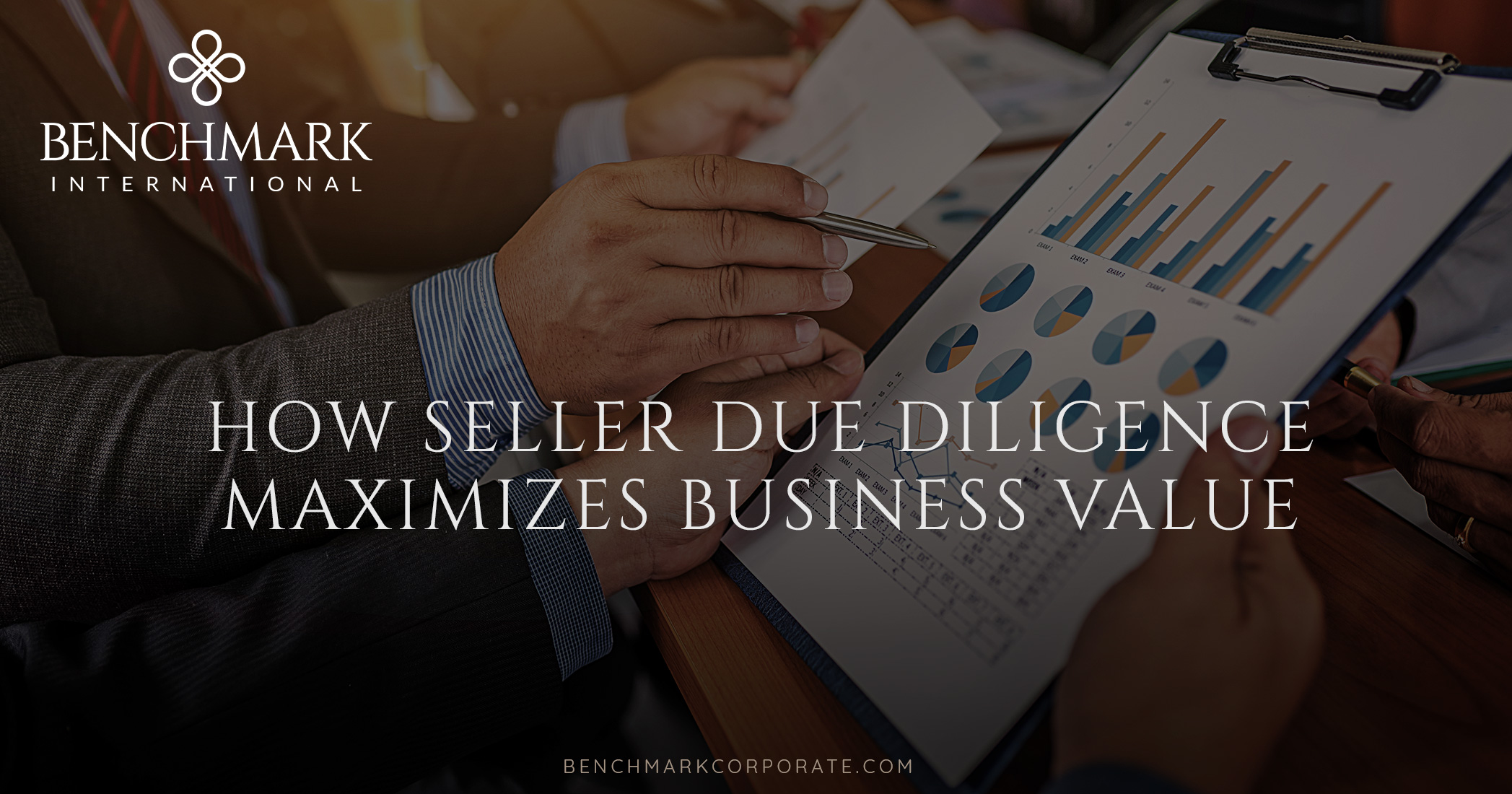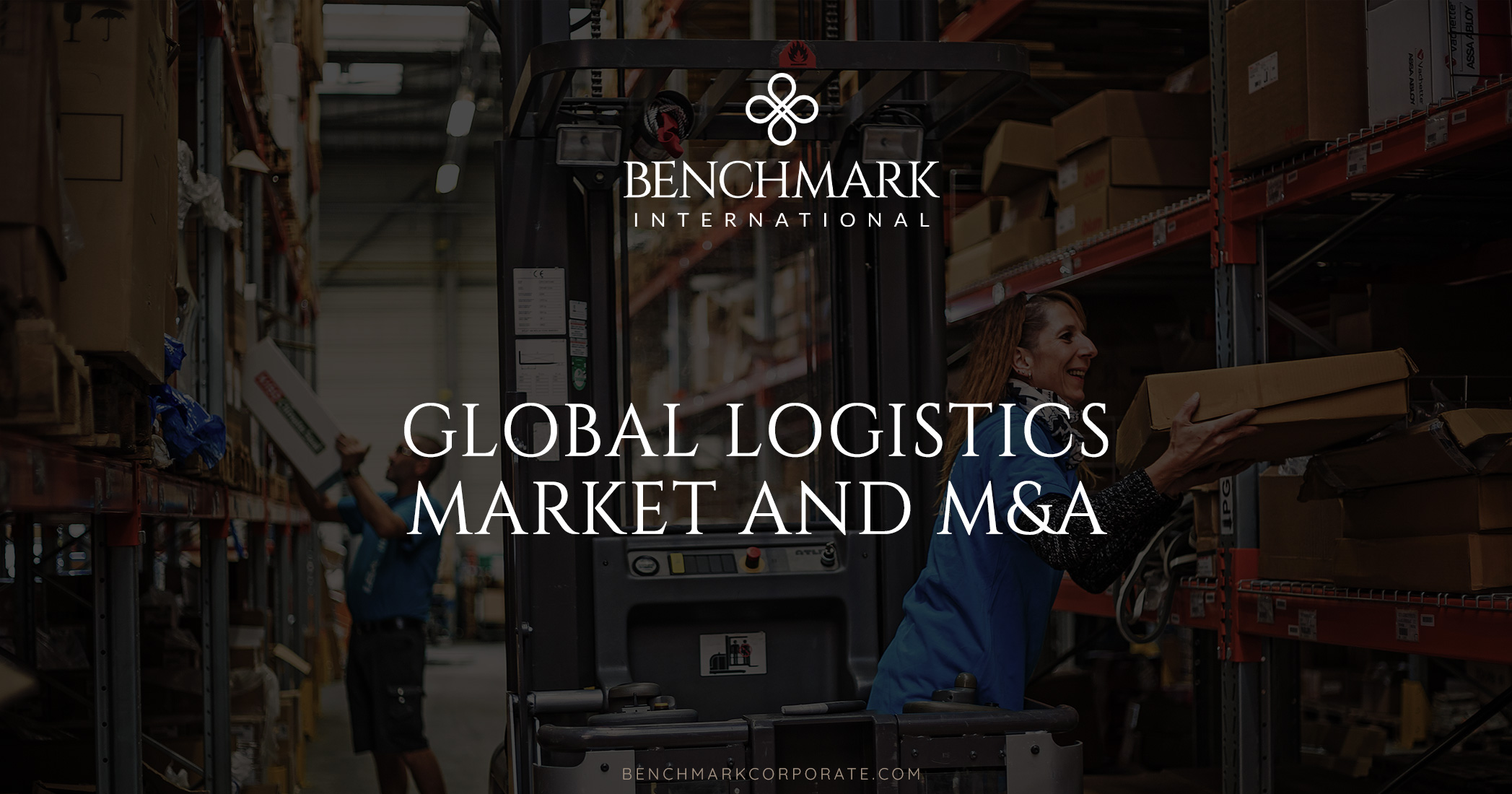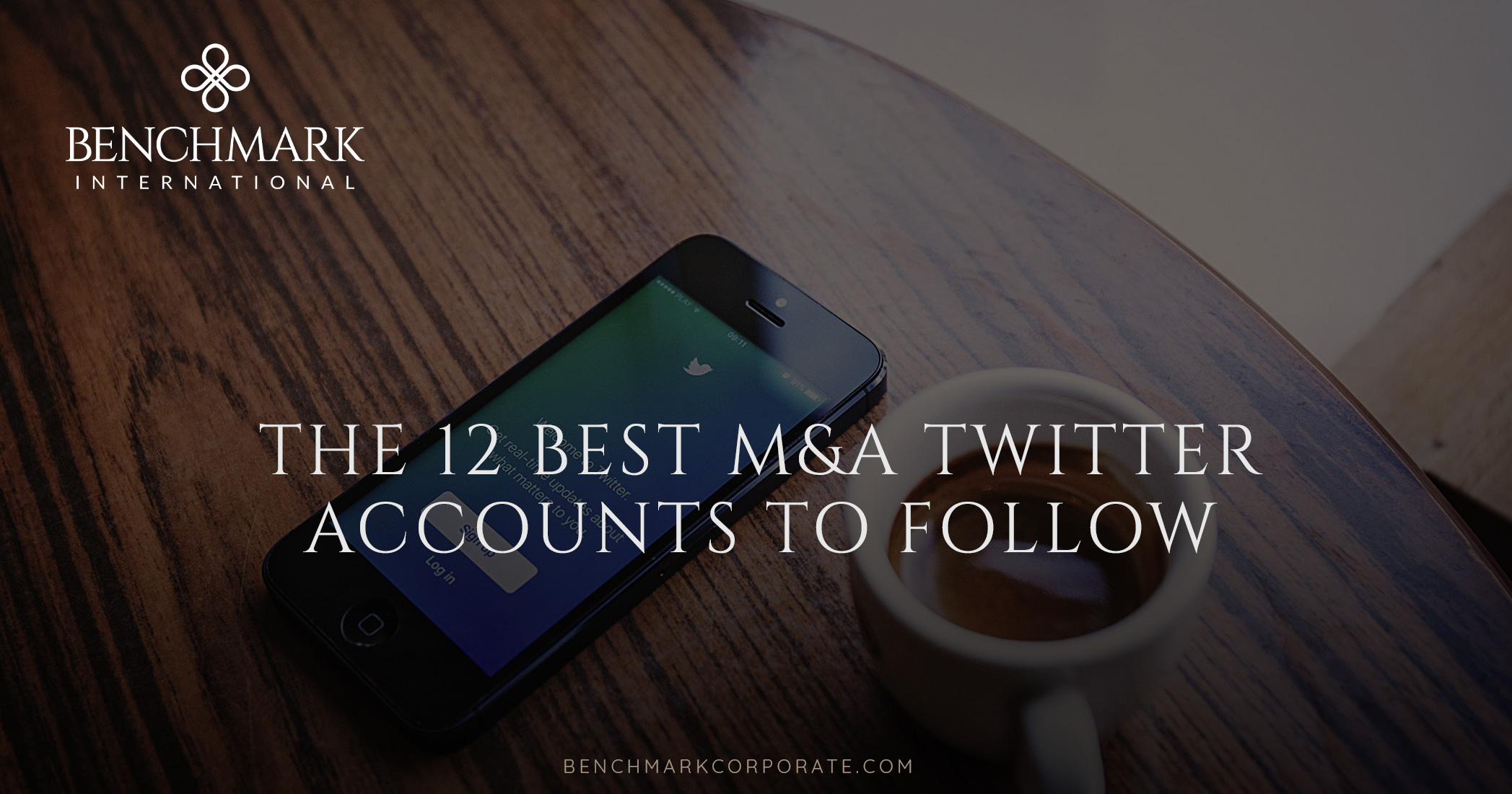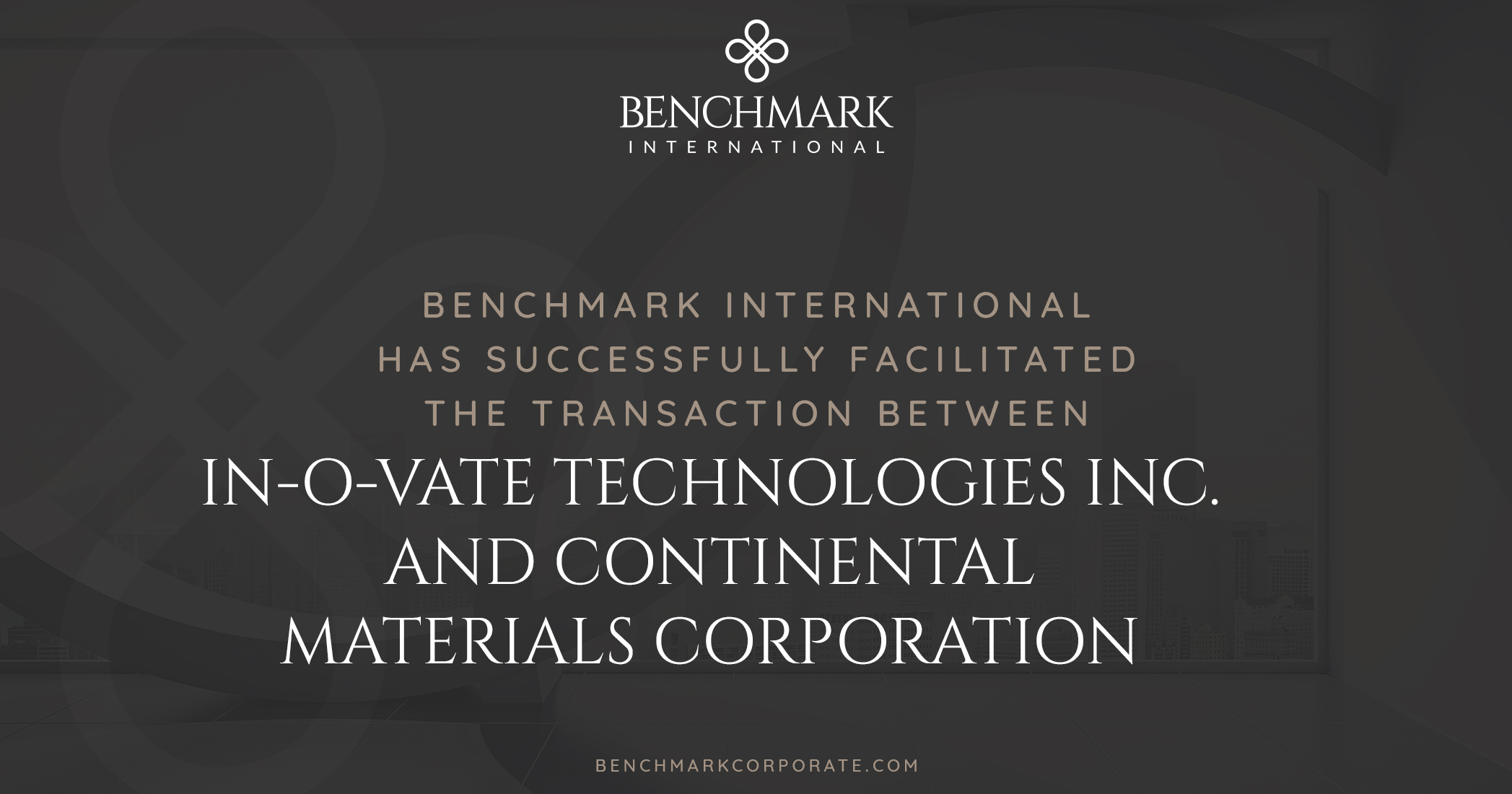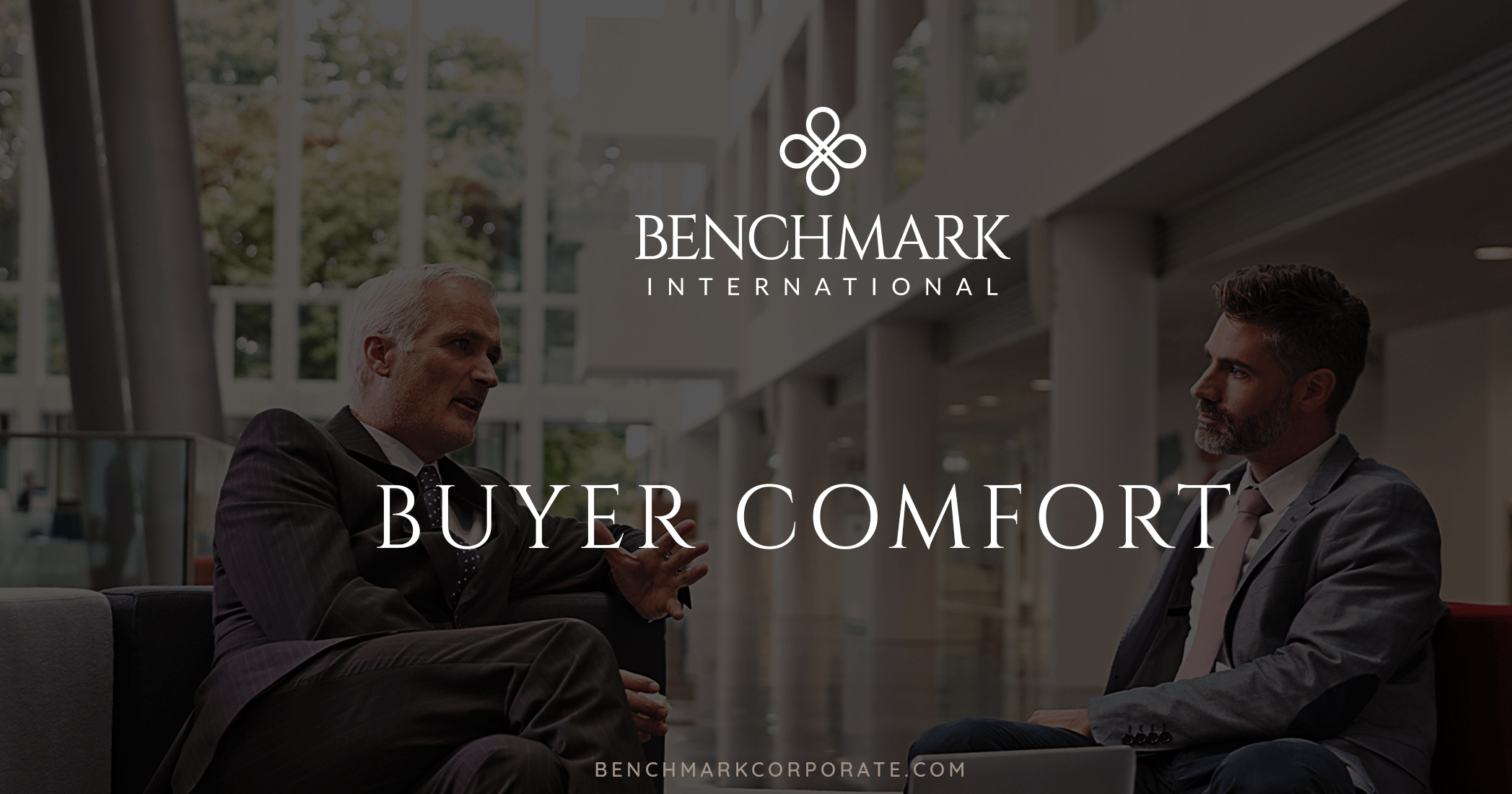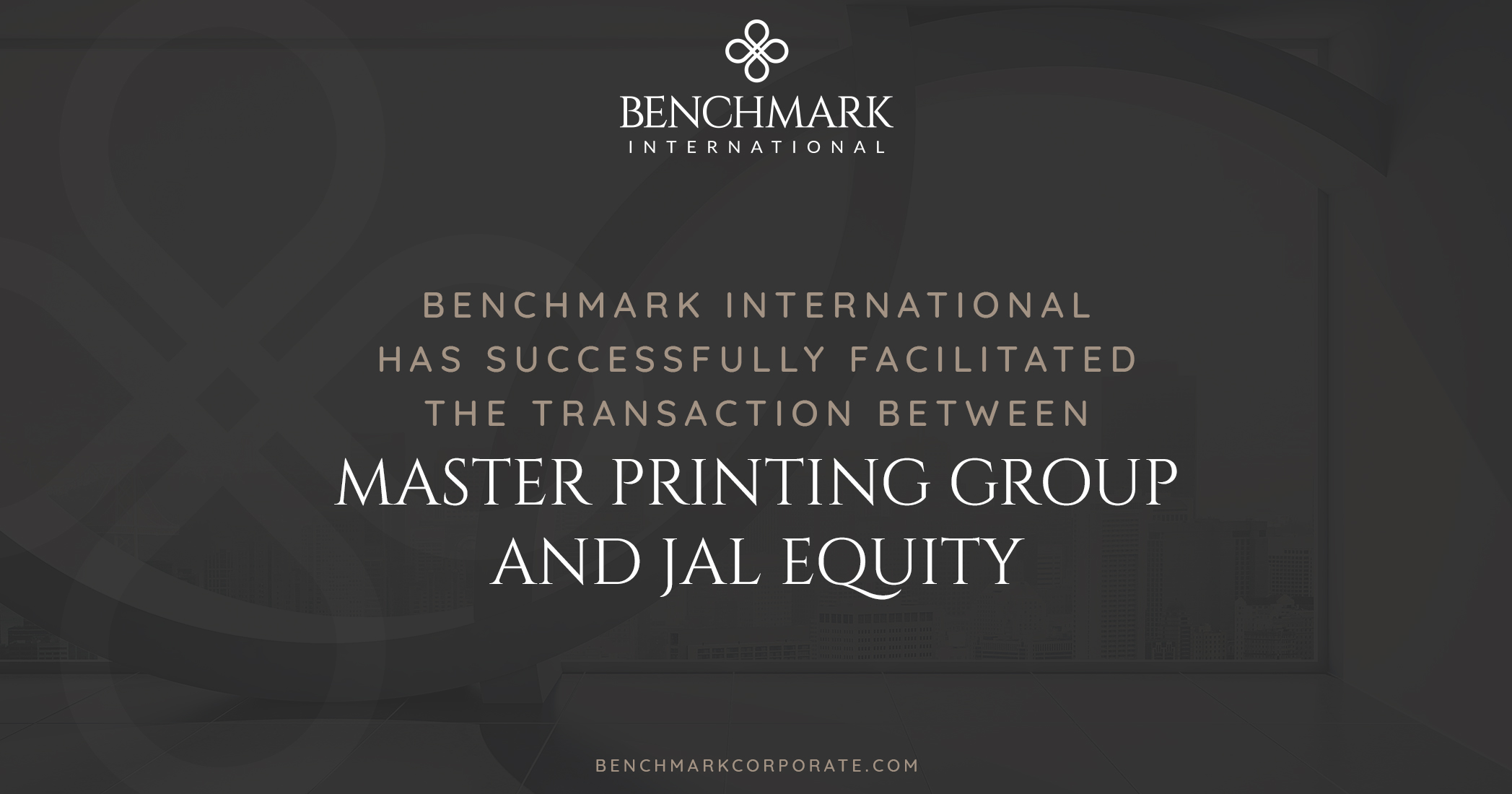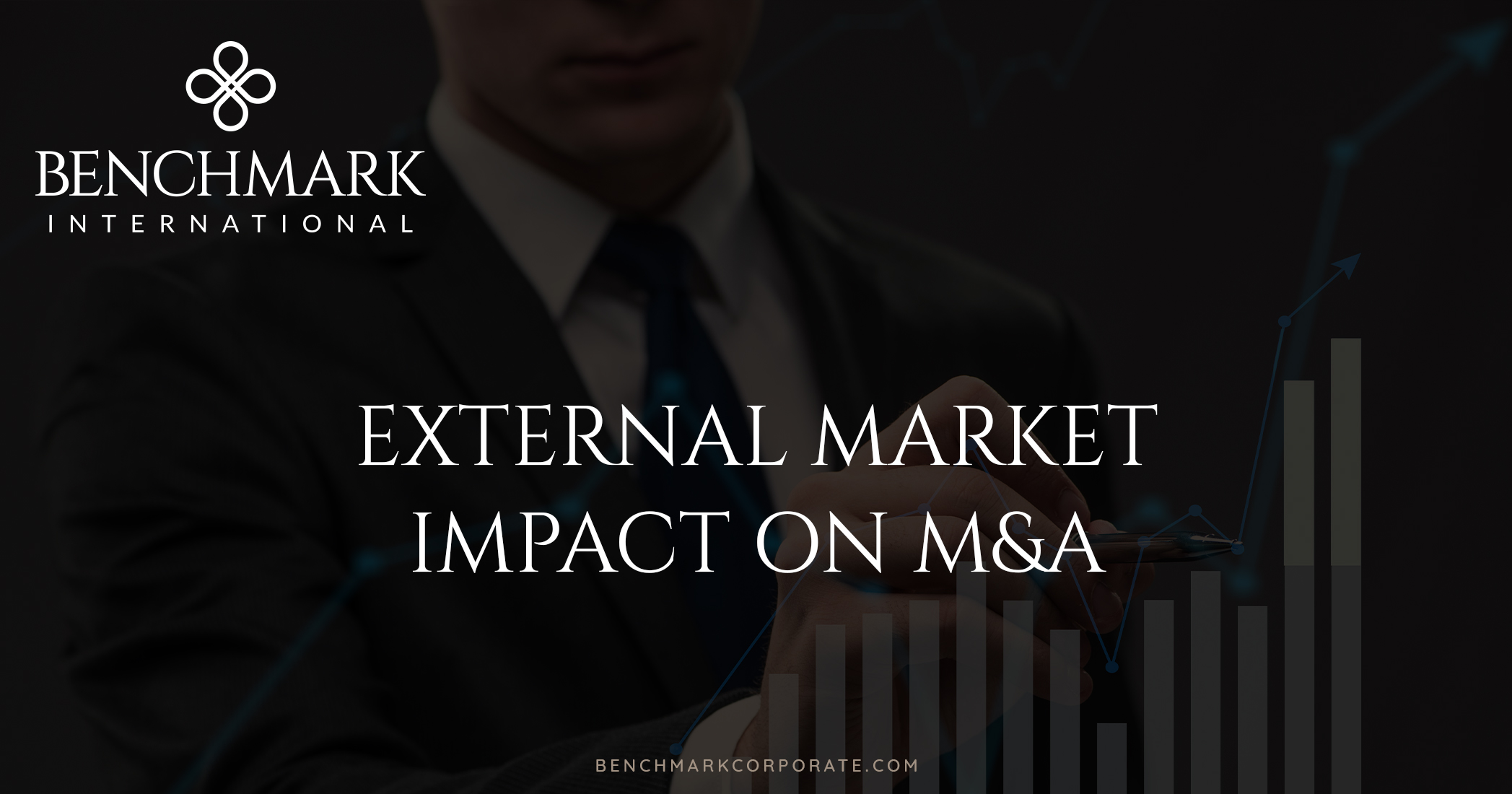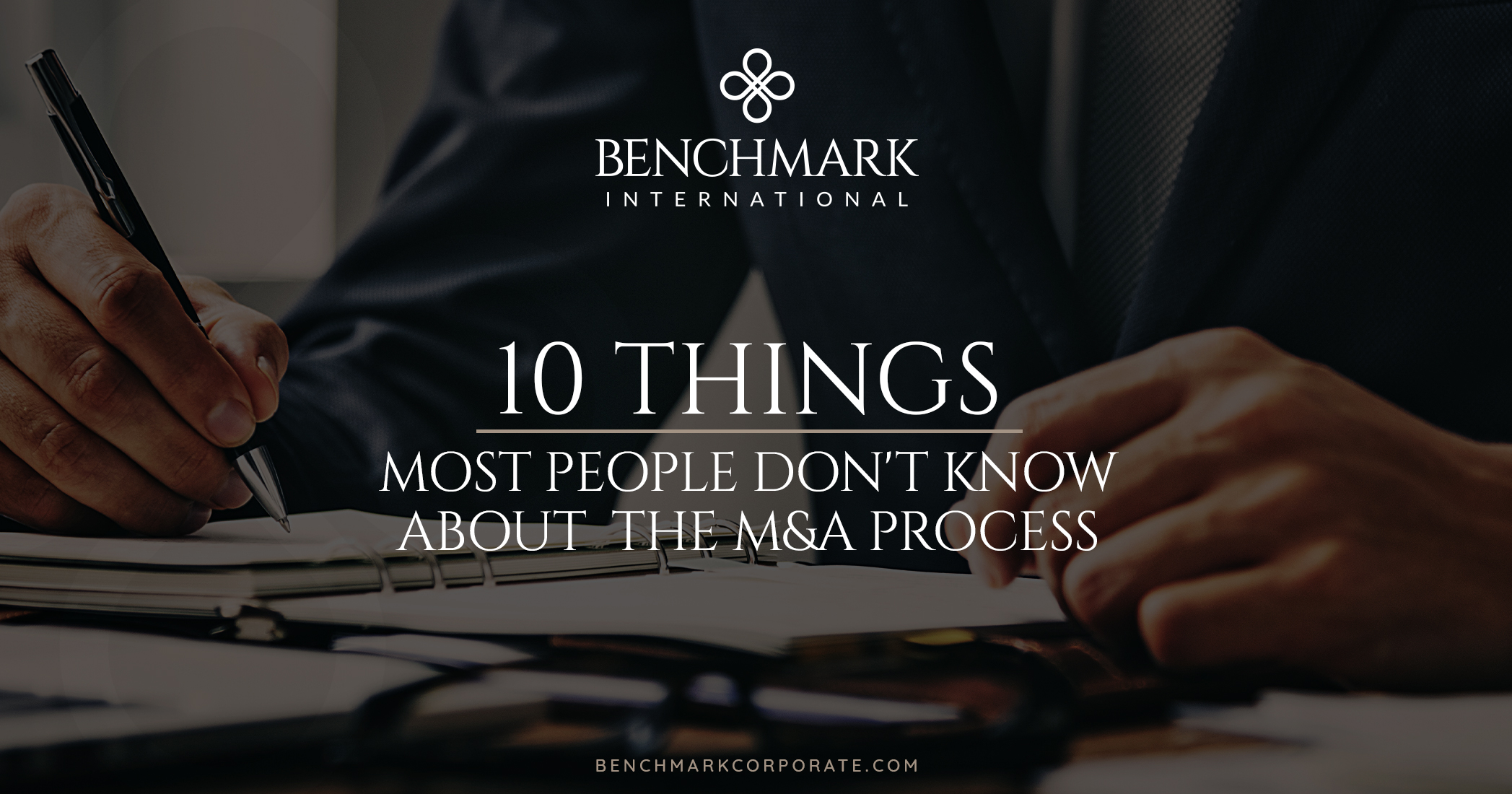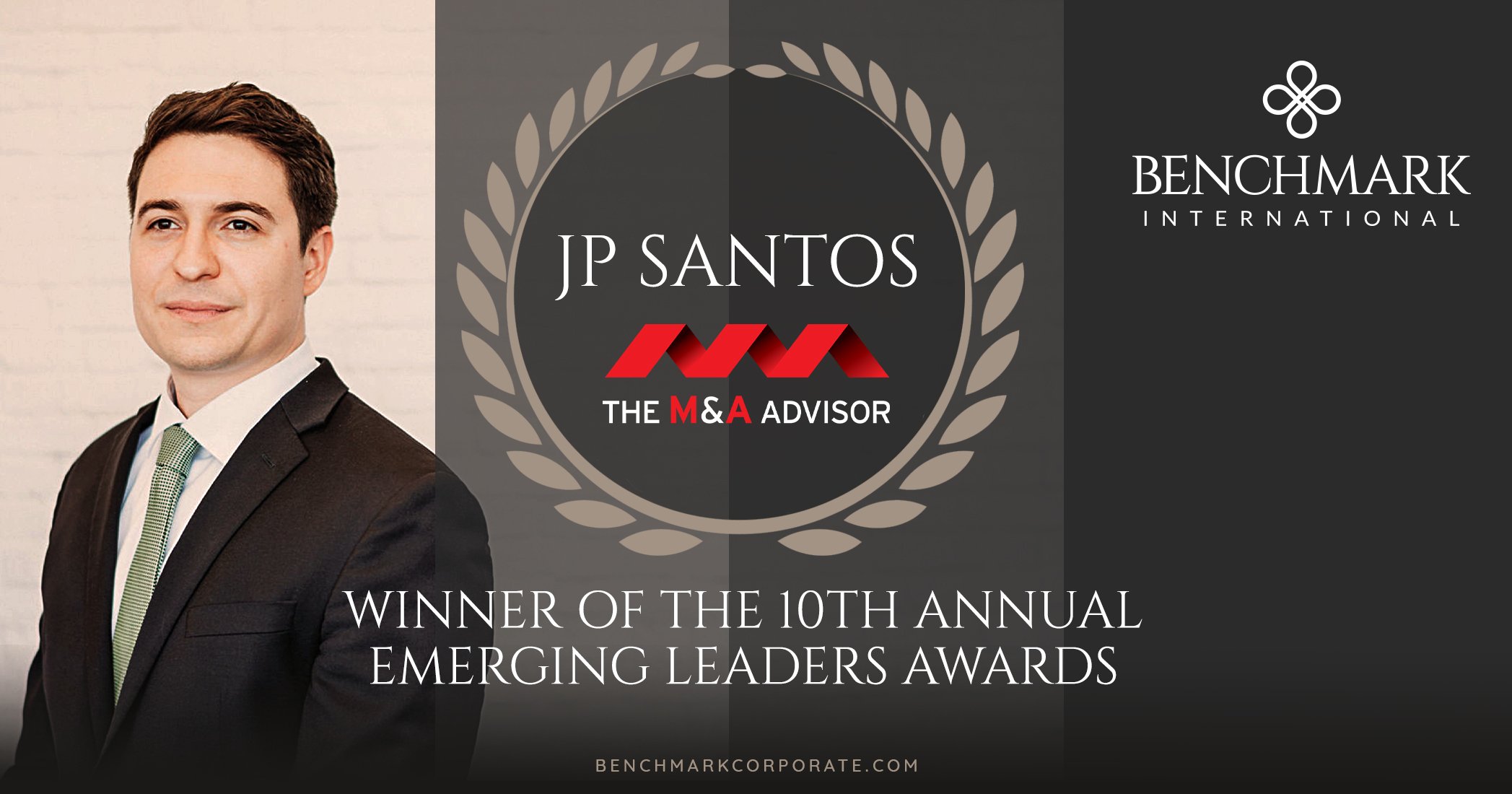Selling a company is a momentous life event for any business owner. You have worked hard to build it and want to achieve the highest acquisition value possible when you are ready to sell. To do this, you should be fully prepared for any prospective buyer to conduct rigorous due diligence, which means you should be prepared to do your own.
What is due diligence? A comprehensive appraisal of your business to establish its assets and liabilities and evaluate its commercial potential.
If you carry out thorough due diligence before putting your company on the market, it will be primed and ready for the buyer to conduct their due diligence process. By being sufficiently prepared, your business is going to appear more attractive to buyers.
Planning Ahead is Crucial
First things first: plan ahead and plan early. Give yourself enough time to optimize the company’s value before putting it on the market. A carefully planned sales strategy is sure to garner better value than what appears to be a hasty fire sale. It is best to wait to sell until you have done everything that you can to maximize your company valuation. When you take the time to position your business attractively for the marketplace, it reduces the odds of a negative outcome.
Start by identifying the key value drivers for your business and how they can be improved. This will help you find obstacles to a sale before a buyer does, and give you time to address any issues. These drivers include:
• Skilled, motivated workforce
• Talented management team
• Strong financials and profitability
• Access to capital
• Loyal and growing customer base
• Economy of scale
• Favorable market share
• Strong products/services and mix of offerings
• Solid vendor relationships and supplier options
• Sound marketing strategy
• Product differentiation and innovation
• Up-to-date technology and workflow systems
• Strong company culture
• Research and development
• Protected intellectual property
• Long-term vision
It is common for buyers to be especially concerned with company culture and existing customer relationships. Make sure your employees and your customers know what to expect and share your vision. If there is misalignment in these areas, it can unfavorably impact the post-sale performance of the company.
Having all your documentation in order, ensuring its accuracy, and putting it all on the table is going to make you a more trusted seller and increase the value of the business. It will also help you avoid constant back-and-forth requests from a buyer, which can be a distraction for you while you’re trying to run a business.
Creating a secure and efficient virtual data room (VDR) for storage and review of documents offers major advantages. A VDR is a secure online document repository that enables efficient collaboration between parties in any location so they may share information at any time during the pre-deal phase. A VDR also makes it easier to compile and verify every document internally and avoid duplicating efforts. Plus, it offers exceptional security to safeguard against confidential information ending up in the wrong hands. Once you have your VDR completed and vetted internally, you can open the files up to outside partners. Overall, the VDR is your secret weapon in making sure all of your documentation is centralized and that you are presenting your company in the very best light.
You can learn more about the documentation you will need to compile here.
Timing is Everything
You want to sell at the right time based on the market, which is always changing. Being adequately prepared to sell means being ready to act when the time is right. And selling at the right time means getting more value for your business.
Something else you must consider is if you are truly ready to sell. This is not the time to be emotional. Once you’ve initiated the sales process, the last thing you want to do is change your mind when buyers are already involved in the conversation. This will give you a reputation of being disingenuous and not being a serious seller, scaring off potential buyers in the future and devaluing your company.
Professional Help is Key
If it sounds like preparing for the sale of your company is an exhaustive undertaking, that’s because it is. But you do not have to do it alone. If you enlist the expertise of a reputable mergers and acquisitions firm, they can lead the way and help you get the most value for your company. A good M&A Advisor will know better than anyone how to steer you through the due diligence process.
They will also know when the market is in the right place for a sale, and give you access to quality buyers that you can trust. It is also important to note that buyers are going to take you much more seriously when you have partnered with a highly regarded M&A firm.
At Benchmark International, we’re here for you. Our experts are ready to partner with you to exceed your expectations and make great things happen.
 Benchmark International
Benchmark International  Benchmark International
Benchmark International 
